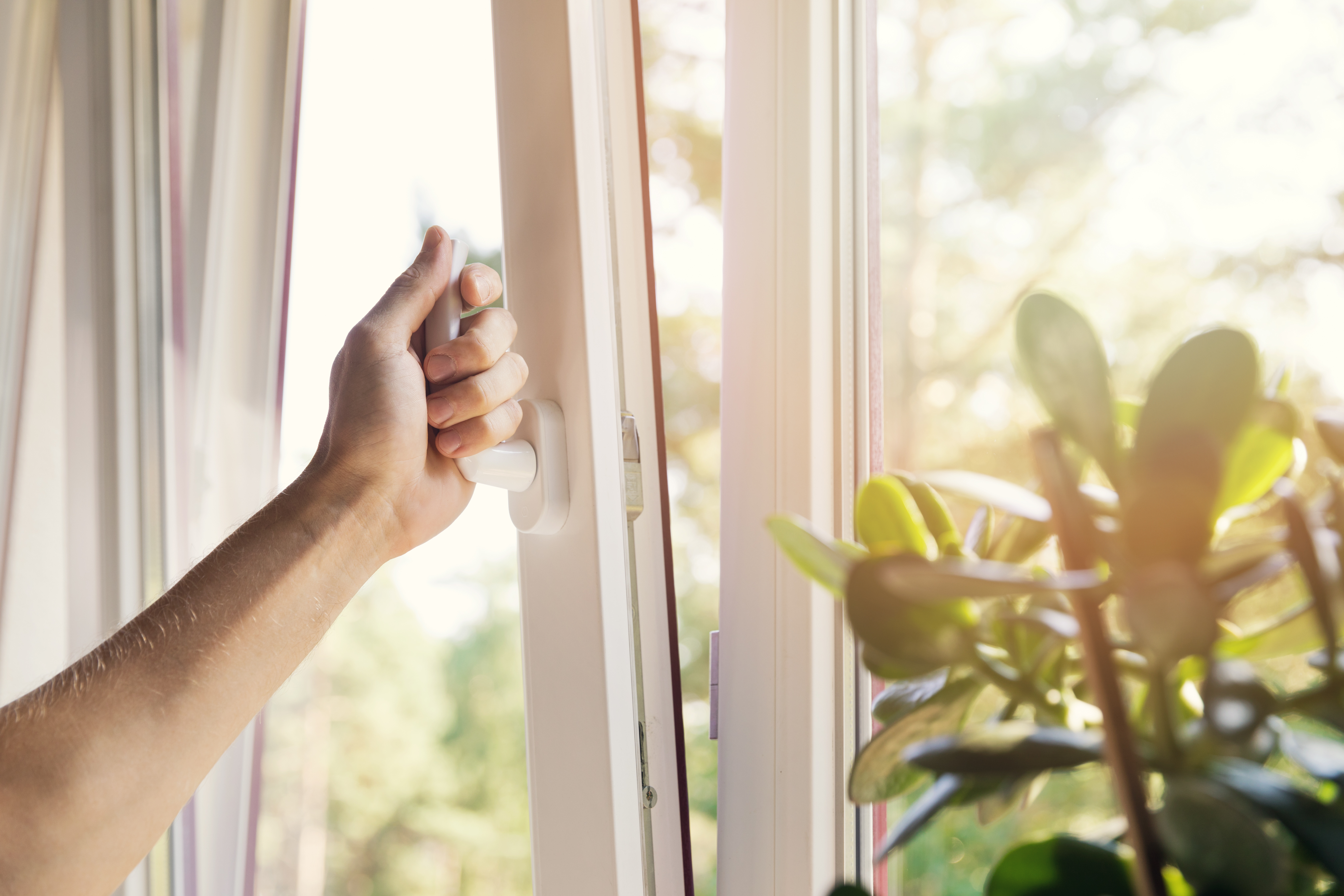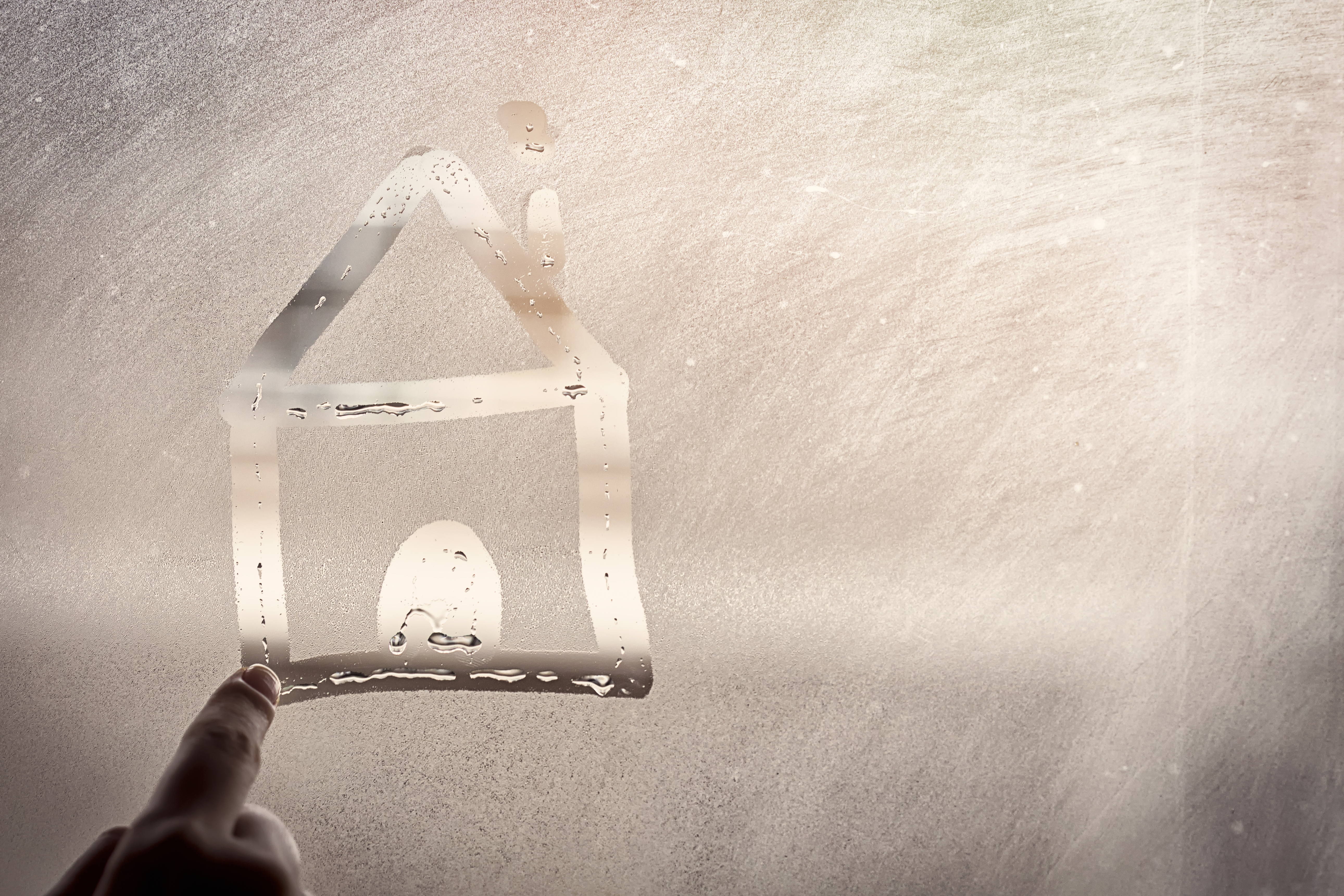Understanding Condensation and the Importance of Proper Ventilation in Buildings
Proper ventilation is essential for maintaining healthy indoor air quality and preventing condensation in buildings. Inadequate ventilation can lead to a buildup of indoor pollutants, such as volatile organic compounds, carbon monoxide, and radon, which can have negative effects on human health. According to the European Union (EU) indoor air quality guidelines, proper ventilation is crucial for maintaining indoor air quality and preventing condensation issues in buildings. The UK's Building Research Establishment (BRE) also emphasizes the importance of proper ventilation in buildings, stating that it can help prevent condensation, mold growth, and other indoor air quality issues.
Understanding Condensation
Condensation occurs when warm, humid air meets a colder surface, such as a window or roof. As the warm air cools, the moisture in it turns into liquid droplets, or condensation. This is particularly likely to happen in buildings with poor ventilation, as the warm, humid air has nowhere to go and ends up condensing on surfaces. In addition, the lack of proper ventilation causes the humidity to build up in the room, which also increases the chances of condensation.
When the temperature of a surface is below the dew point temperature of the air next to it, condensation will occur. The dew point temperature is the temperature at which the air can no longer hold all the moisture it contains, and excess moisture will condense out of the air. Therefore, proper ventilation is important to avoid condensation, as it allows the warm, humid air to escape, reducing the humidity level in the room and keeping the temperature of surfaces above the dew point temperature of the air.
Building Regulations for Improved Insulation
The combination of energy efficiency, EU building regulations, and market demand means that buildings are also being built with much better insulation than they used to.
- Buildings that are well-insulated use less energy to heat and cool, which can help to reduce energy costs and lower the building's carbon footprint. Additionally, better insulation helps to improve the thermal comfort of the building's inhabitants by reducing drafts and temperature fluctuations, which can make the building more comfortable to live or work in.
- Another reason for the improved insulation in buildings is to meet building regulations in Europe. The European Union has set energy performance standards for buildings, which are implemented in the national building codes of the member states. These standards require new buildings to meet certain energy efficiency standards, which often includes a requirement for a certain level of insulation in order to reduce the energy consumption of buildings and help to combat climate change.
- Lastly, the increased awareness of the benefits of energy efficiency and the importance of reducing the carbon footprint has led to more attention on the insulation of buildings. This is driven by both EU policies and market demand, as more and more people are looking to purchase or rent more energy-efficient properties.
Understanding Insulation & Condensation
Because of the much higher insulation demands nowadays, buildings are being purposely built to suffer as little heat loss as possible, so outside air does not leak in to cool down the building, but inside air also is not going out, making the need for proper ventilation even more important.
It is important to note that while improved insulation can help to reduce the chances of condensation, it's not the only factor that needs to be considered. Proper ventilation is also important to ensure that the warm, humid air can escape the building, reducing humidity levels and preventing condensation.
Understanding Condensation & Proper Ventilation
If a room or building is poorly ventilated, condensation is likely to appear on cold(er) surfaces like windows or stainless steel, the material of which a Staka roof hatch is made. Due to the metal's high thermal conductivity, stainless steel is a good conductor of heat, and it cools down quickly, which causes the air next to it to cool down as well. When the surface temperature of the stainless-steel (roof hatch) drops below the dew point temperature of the air, condensation will occur.
Weather also influences condensation in particular the temperature and humidity levels outside can affect the humidity level inside the building. According to the European Union (EU) indoor air quality guidelines, high humidity levels outside can lead to high humidity levels inside the building, which increases the chance of condensation forming on colder surfaces. Additionally, during cold weather, the temperature difference between the inside and outside of the building can be significant, which can lead to condensation forming, especially if the ventilation inside the building is not adequate. As we are experiencing more extreme weather changes due to climate change, this will also affect our indoor climates.
The thermally broken construction of a Staka roof hatch
The Staka roof hatch has a thermally broken construction which is designed to prevent heat loss. This is achieved by using a thermal break in the construction, which is a material with low thermal conductivity that separates the inside and outside surfaces of the roof hatch. This thermal break acts as an insulation barrier and prevents heat from flowing from the inside of the building to the outside. The thermal break also prevents condensation from forming on the inside of the roof hatch, as it slows down the cooling of the metal, which means that the temperature on the inside of the roof hatch will be higher than the dew point temperature of the air inside the building, thus preventing condensation. Additionally, because the thermal break slows down the transfer of heat, the temperature on the inside of the roof hatch will be closer to the temperature inside the building, which also helps to prevent condensation.
Understanding that proper ventilation is essential
Due to the high thermal conductivity of stainless steel, the thermally interrupted broken of the Staka roof hatch has been specially designed to prevent heat loss, one of the reasons for it’s high insulation value. Due to the insulating properties of the roof hatch, (cold) outside air cannot penetrate into the building and the (warm) inside air cannot escape either, so high humidity can arise in an insufficiently ventilated room or building, which will still cause condensation to form on the roof hatch, because the stainless steel of which the roof hatch is made is often the coldest surface in the room.
It is therefore important that moisture sources such as plants, tumble dryers and washing machines are not placed directly under the roof hatch. Additionality It's important to keep in mind that proper ventilation in the room, as well as regular cleaning, maintenance, and inspection of the roof hatch, is therefore essential. Not only to prevent condensation but also to ensure a healthy indoor climate in your home or building.


- 2026 © STAKA Bouwproducten B.V.
- PostAds
- All rights reserved.

 UK
UK Nederlands
Nederlands Deutschland
Deutschland US
US La France
La France


